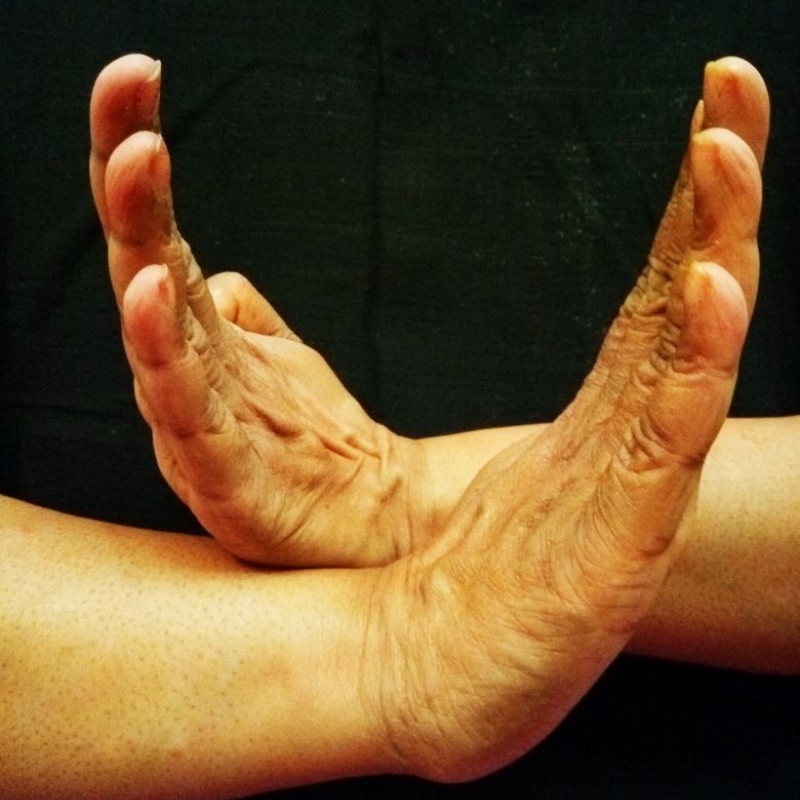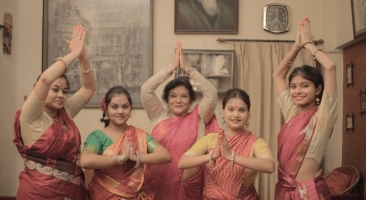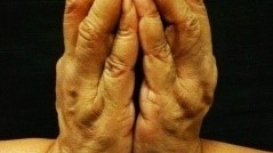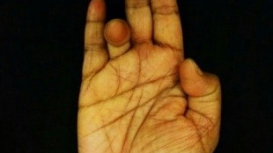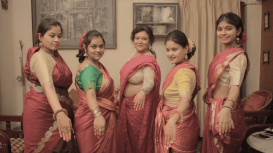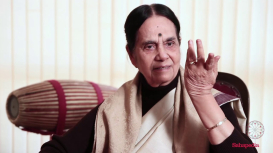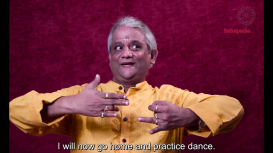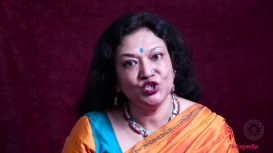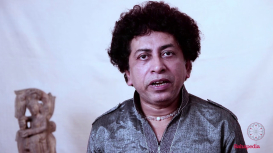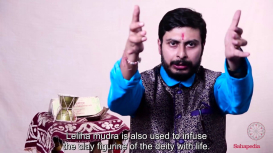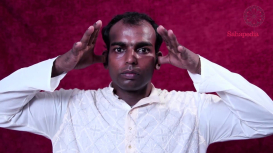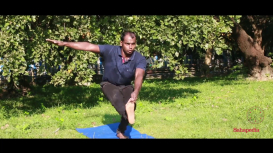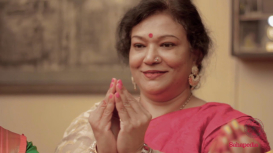The theory and practice of mudra is an integral part of our classical heritage. From the Vedic period right down to our times, mudra has played a crucial role in our representational arts like dance and music, as well as in yoga and prayer. This is an attempt to study and examine the role of mudra as it has evolved down the ages, highlighting the meanings and attitudes which mudra conveys. It is important to underline that hastas and mudras are not one and the same. Mudras are more intricate and meaningful. Whereas, hastas signify gestures and movements performed. This study, primarily based on interviews, has been compiled with the contribution of dance artistes, aesthetes and philosophers in order to explore the core essence of mudras and the impact these have on our everyday life. The module concentrates on the dual aspect of mudras—their corporeal beauty and variety as well as symbolic power and meaning. The module tries to unravel the cognitive and therapeutic aspects of mudra. The extent, beauty and variety of mudras and their inner meditative import are linked together to establish the multidimensional value and worth of mudras, from sheer corporeal splendour to meaningful embodiments. It needs to be stressed in this context that mudras straddle several aspects of Indian culture and traditions. One can see and decipher them in the sculptures of the Buddhist period and also in the paintings executed by painters belonging to the Jain period. This documentation stresses the cultural as well as the philosophical importance of mudras as it was evident in the Vedic, Buddhist, Jain periods and even later on.

Surangama Lala Dasgupta
Surangama Lala Dasgupta has been a passionate dancer since childhood. A gold medalist in Sangeet Praveen (Prayag Sangeet Samiti, Allahabad), she also holds a Masters degree in Psychology. Through the years she has brought together psychology and Kathak to create a new genre of performing arts. She believes that performing arts has a therapeutic effect on human well-being. Her focus is to bring about peace and harmony through her various innovative dance renditions.
